Bees.
They pollinate wildflowers and crops, contributing to biodiversity as well as human food supplies, and produce the sweet honey we love to stir into tea or drizzle on warm buttermilk biscuits.
Although we may fear their sting, there is far more to love about bees. The Republic of Slovenia recognized the importance of bees and the need to protect them and proposed the creation of World Bee Day in 2016. One year later, on December 20, 2017, the United Nations General Assembly declared May 20 as World Bee Day.
What is World Bee Day?

Image credit: Depositphotos.
World Bee Day was established to draw attention to the importance of preserving bees and other pollinators. In addition to producing honey, beeswax, and other products, bees help pollinate three-quarters of the plants that produce the majority of the world’s food (think fruits, nuts, seeds, and vegetables like squash). In other words, without bees, we would have very little to eat.
Bees are also very important for biodiversity and ecological balance. Through pollination, they not only contribute to plant diversity but also to the diversity of the animals that depend on those plants. They also act as an indicator species, meaning that the presence or absence of bees in a location can tell us about the state of that environment.
Unfortunately, these buzzy little insects face the threat of extinction. Pesticides, rising temperatures, intensive farming practices, monocropping, and land-use change all contribute to declining bee populations.
Why May 20?
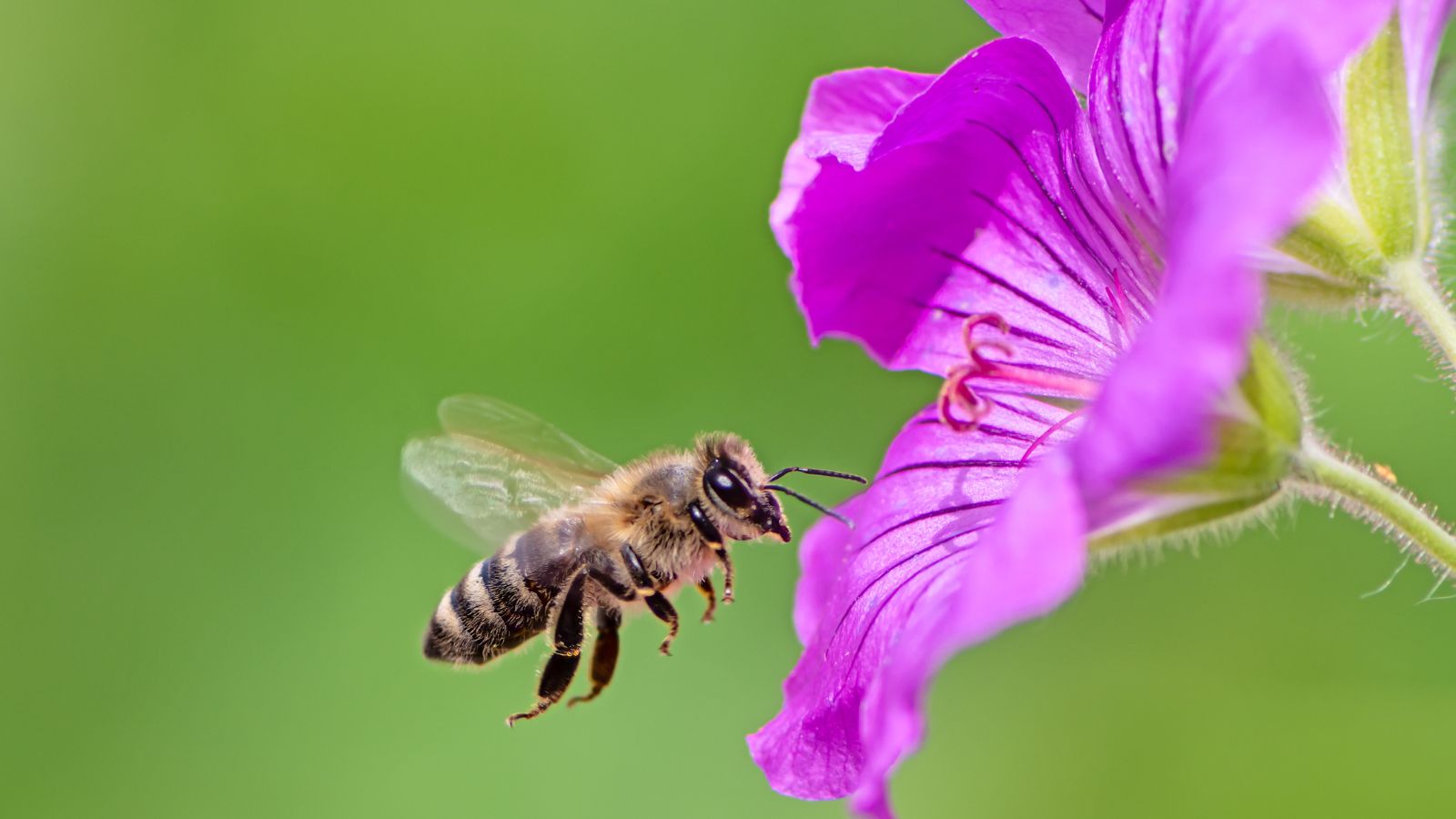
Image credit: Depositphotos
It seems obvious that we need to pay more attention to bees. But why specifically on May 20?
May 20 was chosen as World Bee Day for two reasons: First, in the northern hemisphere, bees are most active during this month, pollinating the abundance of flowers that spring brings and beginning to reproduce. Second, May 20 is the birthday of Anton Janša, considered a pioneer of modern beekeeping and one of the greatest beekeeping experts of the mid-1700s.
How To Celebrate World Bee Day
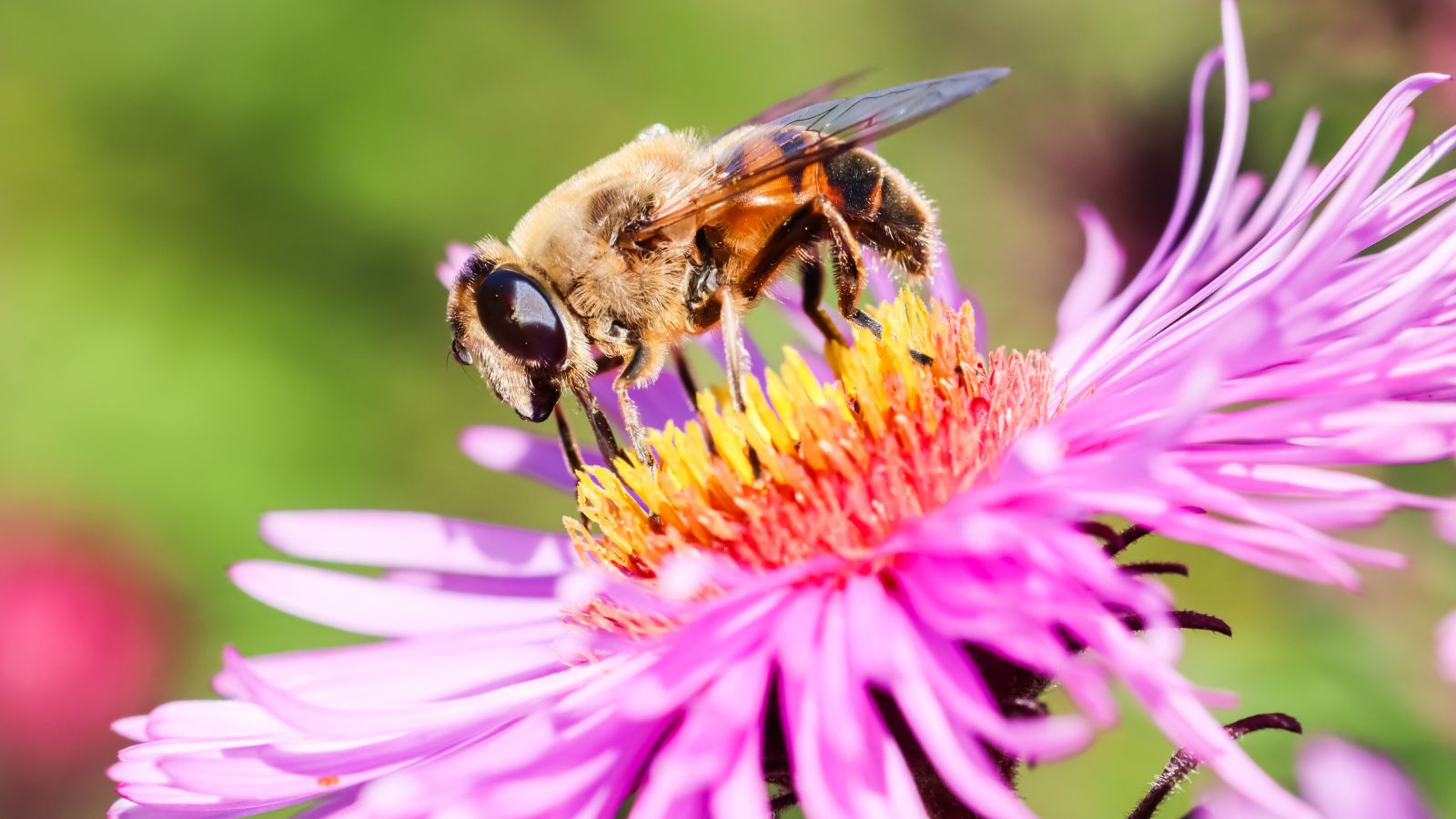
Image credit: YAY Images.
There are more than 20,000 species of bees in the world, and there are many ways to appreciate, celebrate, and protect them. As a gardener, it’s easier to feel more connected to them. But what about the rest of the world?
Here are just a few suggestions. Try one or all to show your appreciation for these important little guys.
1. Learn About Bees

Image Credit: Shutterstock.
The first step to just about anything is educating yourself and raising awareness among others. Check out a few books or documentaries from the library or do some online research to learn more about the incredible lives of bees.
Great places to start your intellectual journey include the World Bee Day website, the United Nations, and the Food and Agriculture Organization. Take notes and share what you learn on social media with the tags #WorldBeeDay and #Savethebees.
2. Plant a Pollinator Garden
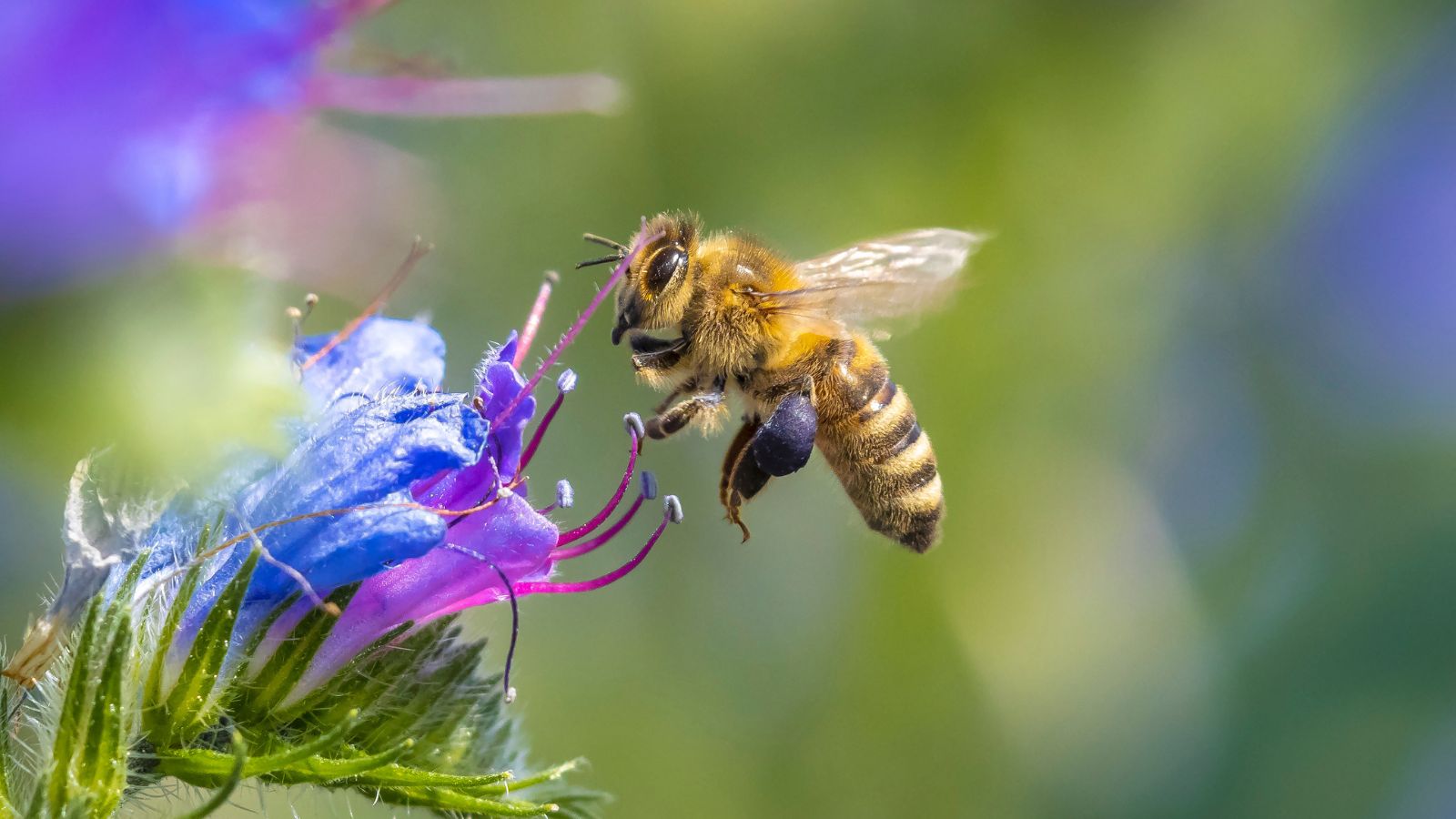
Image credit: Depositphotos
Provide food for bees and other pollinators by planting wildflowers. If you have space, design a whole pollinator garden or meadow — consider converting part of your lawn to also break up that monoculture and reduce the amount of mowing you have to do.
Otherwise, you can tuck the flowers in among existing beds or containers. Choose a variety of flowering plants native to your area, avoiding hybrid cultivars and especially those with double blooms, which produce less nectar and pollen.
3. Pledge to Go Chemical-Free

Image Credit: Shutterstock.
World Bee Day is the perfect time to decide to stop using toxic chemicals on your garden and lawn. These harsh substances, especially pesticides, often kill bees and other pollinators in addition to whatever they are designed to eliminate. Look into alternative methods of pest, weed, and disease control, and choose OMRI-certified organic products whenever possible. The bees — and many other wonderful creatures — will thank you!
4. Build a Bee Condo
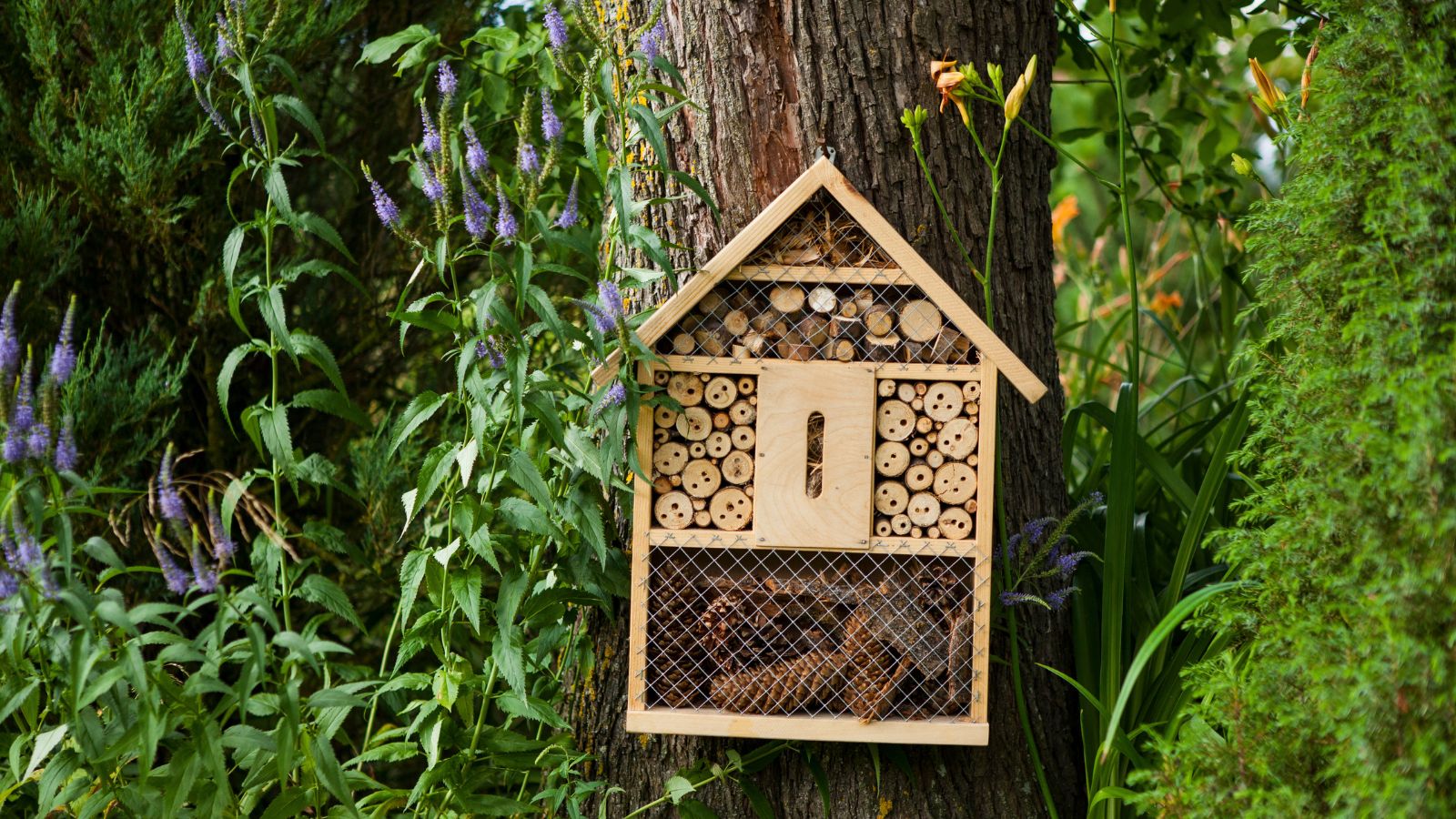
Image credit: Depositphotos.
In addition to providing habitat by planting wildflowers, you can also build or purchase bee homes for native bees. Wood- and cavity-nesting bees benefit from wood or adobe nesting blocks with holes drilled in them, logs and snags, and bundles of stems or tubes.
Bumblebees appreciate wood boxes filled with nesting material.
Ground-nesting bees might be a bit more difficult to please, as you will need to leave a patch of bare ground or a small sandpit for them. Look up specific instructions from a reputable source like the Xerces Society for properly building each of these bee homes.
5. Support Local Beekeepers
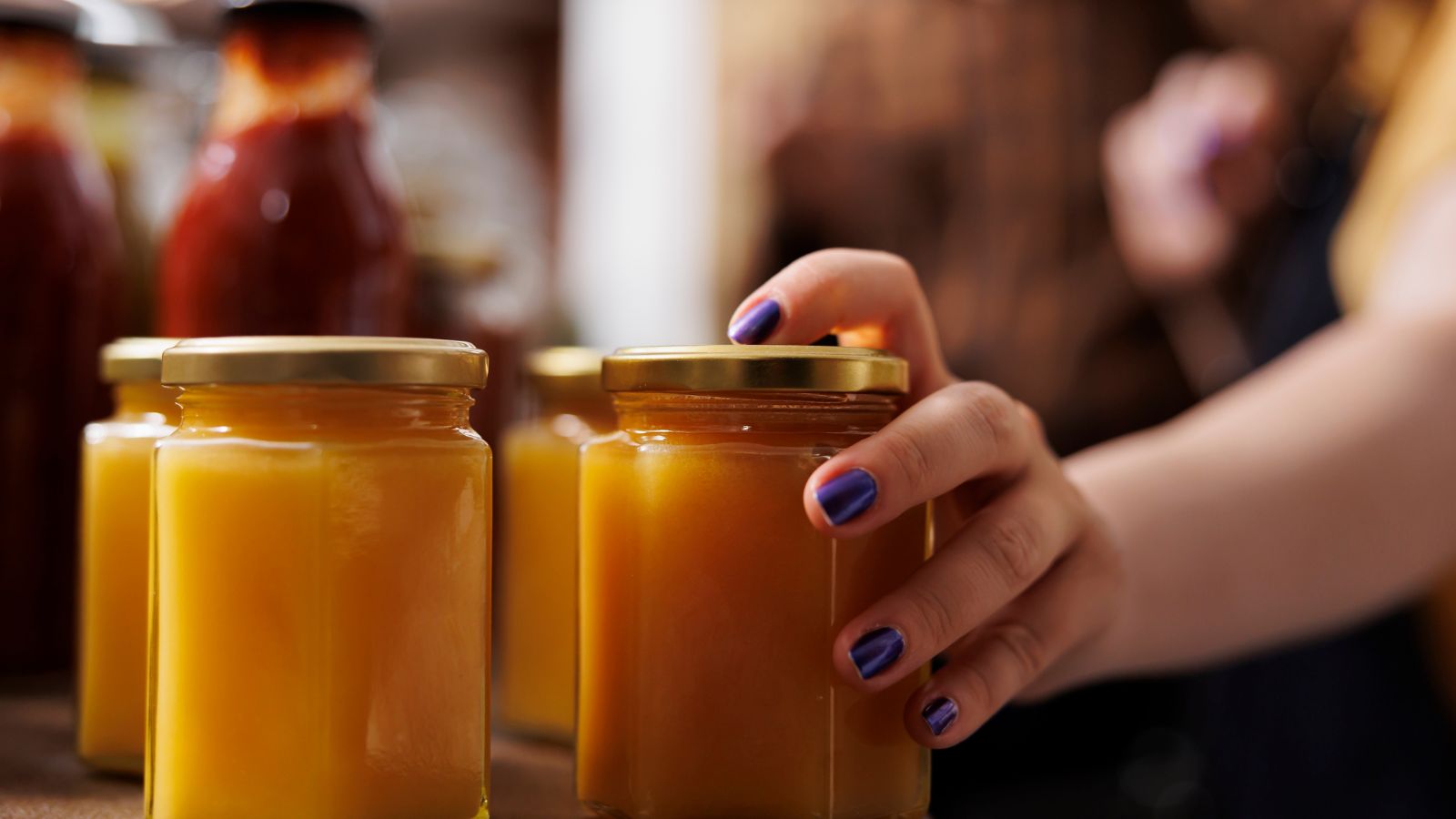
Image credit: YAY Images.
Purchasing honey, beeswax, and other bee products from local beekeepers can also help bees. Look for apiaries represented at your local farmers market, or check labels at the grocery store for locally produced honey. Food co-ops and other local shops are the most likely to stock honey from nearby sources, but I’ve also seen it in chain grocery stores. In addition to bees, you’ll also be supporting your neighbors by choosing to shop locally.
Send the bees some love this World Bee Day and help protect these important pollinators all year long!
Other ways to support pollinators:
12 Perennial Flowers That Attract Hummingbirds to the Garden
12 Easy-to-Grow Native Wildflowers That Will Attract Pollinators to Your Garden

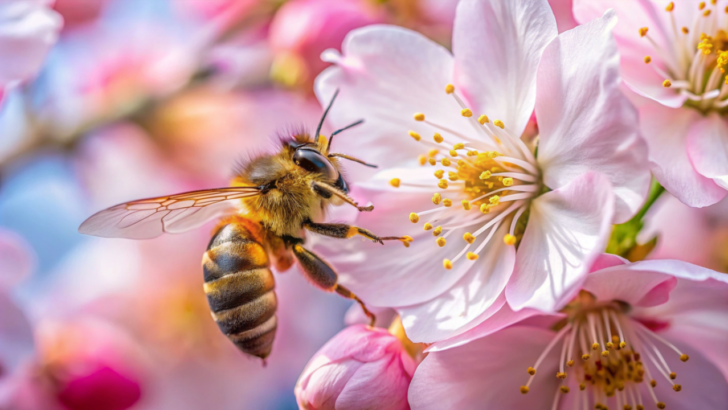

9 Best Companion Plants For Cilantro (And 4 To Avoid)
Wednesday 24th of August 2022
[…] As a profusely flowering legume, they fix nitrogen in the soil for cilantro to absorb and also attract pollinators and predatory insects to the garden. Plus, being tall, they also provide shade. Plant lupines in a […]
16 Best Companion Plants For Peppers (And 4 To Avoid)
Wednesday 16th of March 2022
[…] of benefits. Companion planting can result in enhanced growth, increased production, fewer pests, more pollinators, improved flavor, and less plant […]
Oregon Native Plants List: 14 Perfect Pacific Northwest Flowers
Wednesday 13th of October 2021
[…] is a deciduous shrub that grows in part shade to full sun and can be pruned back, as needed. It attracts pollinators and birds to the large, fragrant […]
Arkansas Native Plants List – 12 Best Plants And Shrubs For Landscaping
Wednesday 28th of July 2021
[…] of birds and butterflies are also attracted to summersweet so this is a good choice if you want to attract pollinators to your lawn or […]